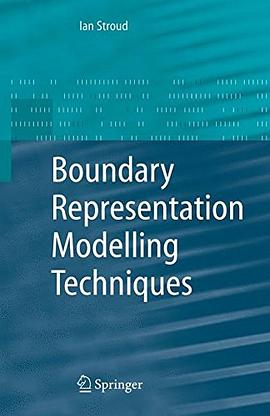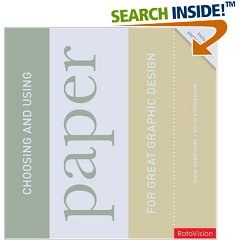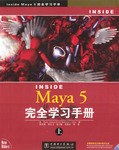
This book is concerned with aspects of boundary representation (B-rep) solid
modelling, describes several algorithms illustrating both general principles of
modelling algorithms and their versatility and outlines the general principles
behind the development of such algorithms and the extensions for handling in-
formation in models. It goes on to describe feature modelling, graphics, model
input and output, and applications. It represents a collection of work partly
by the author but also by many other people whose results are described.
The purpose of the book is not to give a general introduction to solid mod-
elling. A variety of techniques are available and to go into detail about each
one would require much more space than is reasonable. This book attempts
to cover basic techniques for one branch. It is not intended to be a review of
commercial systems nor to describe any one system. The aim is to describe
the techniques behind different systems.
The first two chapters describe the background to solid and product mod-
elling and what has already been done. Chapter 1 gives a brief outline of
computer modelling, and chapter 2 describes in more detail the background
to B-rep modelling specifically, because this forms the basis for the book.
Chapter 3 describes an idealised, or recommended B-rep modelling en-
vironment, the basic operations or tools that provide a basis for the work
described in the book. This idealised representation can be implemented in
several ways, so the chapter first describes the various options and the basic
datastructures available when designing a modelling system. Datastructure
definitions of the B-rep entities are described in Appendix A. The chapter
goes on to identify and describe various basic tools, i.e. elementary modelling
operations, which provide a uniform functional shell surrounding any particu-
lar implementation. Chapter 4 also describes basic tools, the Euler operators,
and the theory behind decomposition of modelling operations into sequences
of Euler operators. Chapter 5 describes variations on the basic datastructure,
the non-manifold, degenerate, and partial object representations.
Chapter 6 describes several modelling algorithms for manipulating B-
rep models, including modelling with degenerate models. These algorithms
demonstrate the versatility of the B-rep technique. The algorithms are not
a complete set, because one characteristic of B-rep systems is that they can
be adapted to provide a diversity of tools suitable for different users and ap-
viiviii Preface
plication environments. Instead the algorithms are intended to represent a
broad selection of algorithms to illustrate B-rep modelling and the principles
of stepwise construction. Chapter 7 outlines some general principles for de-
veloping modelling algorithms and demonstrates the use of these principles
with two detailed examples.
Chapter 8 describes some techniques for creating and maintaining infor-
mation and auxiliary structures with B-rep models. These extra facilities are
necessary to extend the model so that it can be used for a more complete
communication in a distributed application environment.
Chapter 9 discusses some aspects of features which are an extension to
the basic representation domain to include sets of model elements with some
meaning. There are two basic approaches: feature recognition to recover
feature information from a model and ”design by/with features” to include
feature information directly. These approaches are briefly discussed as well as
some other aspects, such as feature verification and feature datastructures.
Chapter 10 describes some basic graphics techniques for presenting mod-
els. Chapter 11 describes disc formats and disc transfer of models. Chapter
12 describes command interpreter techniques. Chapter 13 describes some
techniques for introducing free-form geometry into the model and chapter 14
describes, sketchily, some application areas. Chapter 15 describes the me-
dial axis transform calculation for volumetric reasoning applications. Finally,
chapter 16 describes some miscellaneous aspects of modelling: tolerances and
debugging.
具體描述
讀後感
評分
評分
評分
評分
用戶評價
相關圖書
本站所有內容均為互聯網搜索引擎提供的公開搜索信息,本站不存儲任何數據與內容,任何內容與數據均與本站無關,如有需要請聯繫相關搜索引擎包括但不限於百度,google,bing,sogou 等
© 2025 qciss.net All Rights Reserved. 小哈圖書下載中心 版权所有





















